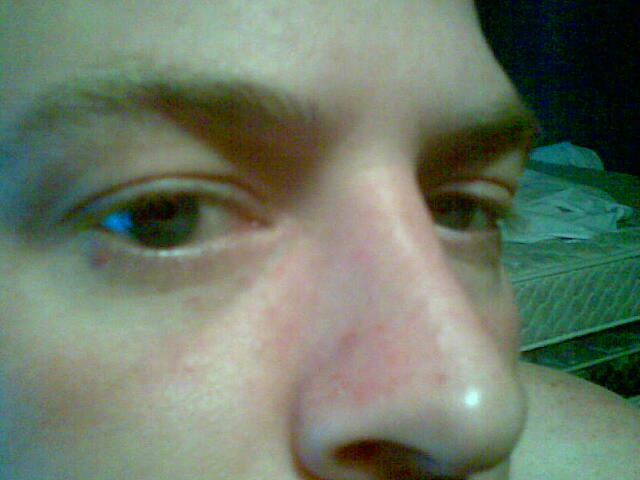
A warmer house enables a shorter gestation period and faster maturation of the pups, Kaarakka says. More information on exclusion can be found in DNR's Bat Exclusion publication.īuilders are encouraged to paint the bat house dark brown or black to help the house heat up and stay warm through the night. 15 to protect mothers and pups, but placing a bat house during this time period can help begin the process of excluding bats from buildings because it offers an alternative habitat. State law prohibits disturbing bat roosts from June 1 through Aug. Providing a bat house can help get bats out of old homes, barns and other buildings while helping keep these beneficial insect-eating mammals around. Properties where there are already bat roosts are good candidates for bat houses. Mother bats can give birth to their young there and the house provides shelter while mother bats leave the roost nightly to feed and while the pups remain in the roost until they are able to fly. When built and placed correctly, bat houses offer safe, warm habitat for maternity colonies, Kaarakka says. For easy instructions and how-to videos, check out the Department of Natural Resources' bat house web pages at dnr.wi.gov, keywords "bat house."

A bat nursery house can provide shelter for 100 to 300 little brown bats. Wisconsin's little brown and big brown bats are the most likely species to take up residence in bat houses. Bat populations in Wisconsin hibernacula where WNS has been present two or more years have declined 30 to 80 percent. Since white-nose syndrome was documented at a single Wisconsin site in April 2014, it has spread to more than 50 mines and caves in 20 of the 24 Wisconsin counties with known bat hibernacula. White-nose syndrome, named for the powdery white fuzz that can develop on hibernating bats' noses, ears and wings after infection with the fungus Pseudogymnoascus destructans, causes bats to awaken more often during hibernation, thus burning up critical stores of fat they need to survive winter. White-nose syndrome poses serious threat for Wisconsin bats "Bats surviving white-nose syndrome need all the help they can get to raise their young and help rebuild populations," said Heather Kaarakka, a Department of Natural Resources conservation biologist who works with Wisconsin's bat populations for the Natural Heritage Conservation Bureau.įor easy instructions and how-to videos, check out the Department of Natural Resources' bat house web pages at dnr.wi.gov, keyword " bat house." DNR's Bat House Building Handbook provides full instructions for building and installing bat houses.

Wisconsin residents, Girl and Boy Scouts, conservation club members and volunteers have stepped up to build hundreds of bat houses in recent years.

Stacy Schumacher of Madison builds a bat house.


 0 kommentar(er)
0 kommentar(er)
